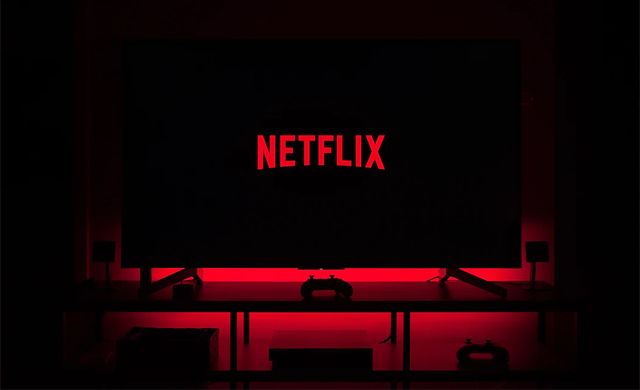Netflix has held an indomitable position at the very head of the Streaming as a Service industry – and, in a broader sense, the entire entertainment industry – for more than ten years now.

At first a pioneer for the SaaS framework – and, of course, in the early days, a notable competitor to the Blockbusters, which was only just beginning to fade from our weekday night routines – then, later, a frontrunner as an alternative production company, this video streaming giant has long since established a high standard for those who followed in its wake.
And it has, over the years, seen a remarkable number of competitors – all of whom serve to create an ever more volatile landscape for SaaS companies. Afterall, very few of us will be willing or able to carve out enough of our paycheque each month to pay for each and every subscription-based content streaming service on the web today.
Even though they all boast unique libraries – and, as a result, offer exclusive access to some of the most desirable titles around today – many of us will settle on just a handful. As of 2019, for instance, the average American household was signed up to 3.4 video streaming services.
Those who have remained loyal to Netflix over the years will, however, have noticed that the service’s subscription fee rarely remains the same for long. In October 2020, for instance, both the standard and premium subscriptions were raised by $1 and £2 respectively for American subscribers; in January 2021, the story was the same for UK customers.
But, why is this? And will it harm the service in the long term?
The Battleground of Online Entertainment
To understand the microcosm of Streaming as a Service, and why it has grown so volatile, it is prudent to ‘zoom out’ and take in the larger picture of the entire online entertainment industry – a space which includes some of the most competitive businesses in operation today.
In one corner, we have the online gaming industry – something which has grown tremendously in recent years, driven forward by a few key players including the streaming service Twitch, high-profile Gaming as a Service providers like Amazon Luna and Google Stadia, and sites like GGPoker that have developed their own gravitational pull – much to the detriment of their competitors.
In another corner, we have the SaaS providers – Amazon, HBO, Hulu, BritBox and, of course, Netflix.
In yet another exists music streaming; in another, podcasts and, in yet another, social media – particularly those that specialise in offering easily-digested digital content, such as TikTok.
While these different factions do not appear to be direct competitors, each one represents a significant draw for internet users – all of whom have only limited time at their disposal.
Of course, this time varies significantly. Some of us may only have ten minutes to spare as we wait for a doctor’s appointment, and it is unlikely that the video streaming services of the world hold much interest in this demographic. Some of us, however, have an entire evening – or an entire weekend – to devote to the digital realm, and all that it has to offer.
As such, Netflix is not only competing with Amazon Video, for instance, but with cloud streaming services, podcast providers, YouTube, TikTok, etc.
For those of us with limited funds, the amount of time we have to spare for any given service represents the steadfastness of our monetary investment. If we find that the past few months have yielded no real time to invest into Netflix, then we are less likely to continue paying our subscription for the service.
So, Why the Price Hikes?
Netflix has infamously referred to their varying subscription fees as a ‘virtuous cycle’ – one that enables them to periodically bring new, high quality content to their viewers.
Of course, it may seem counterproductive – to raise prices when you exist within such a volatile landscape, and to frame is as a necessity – maybe even a benefit – for subscribers. It does, however, continue to feed that spark which continues to separate Netflix from its competitors.
Netflix’s original series and movies represent a significant draw for viewers. They were not created under the rigid frameworks of television networks or Hollywood studios – they are borne from a creative process that is freer, and less tethered to a traditional approach.
Continuing to create original content is, in all likelihood, the only way Netflix can continue to thrive in the world of streaming as a service – particularly as new competitors continue to crawl out of the framework. If it fell into a trap of its own low fees, it would be unable to continue creating to the same high standard for which it is famed, and would no doubt slip into obscurity very quickly.


 Hot Features
Hot Features











